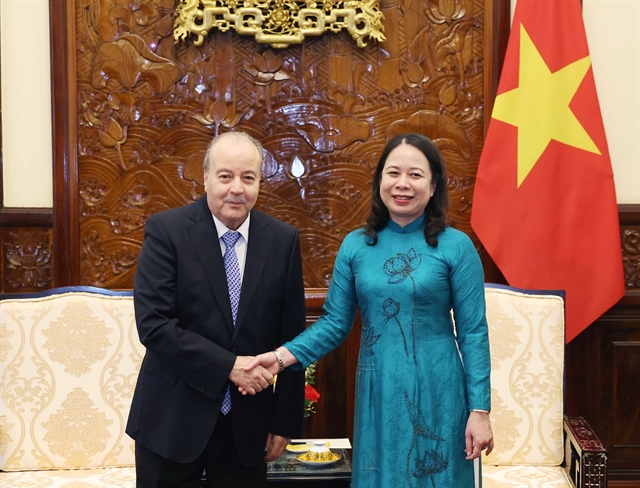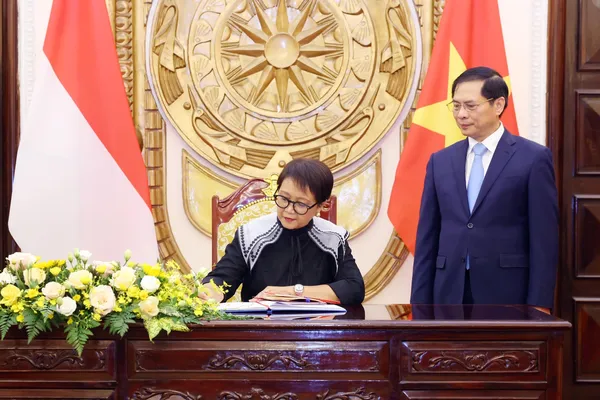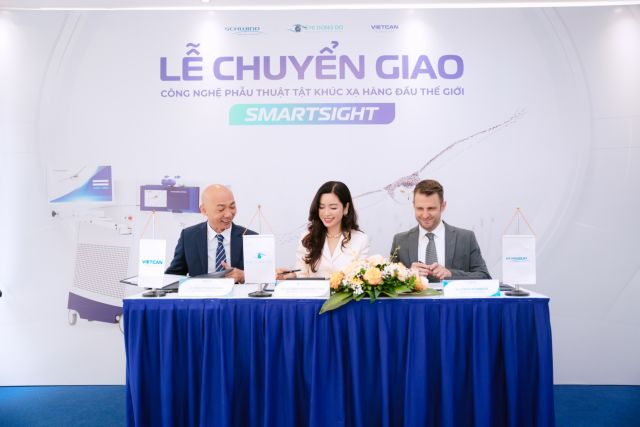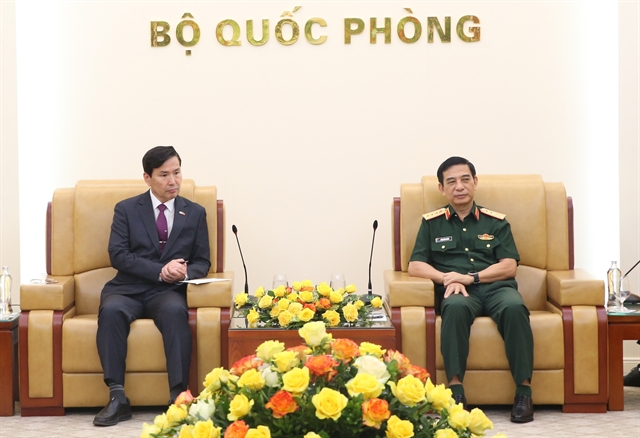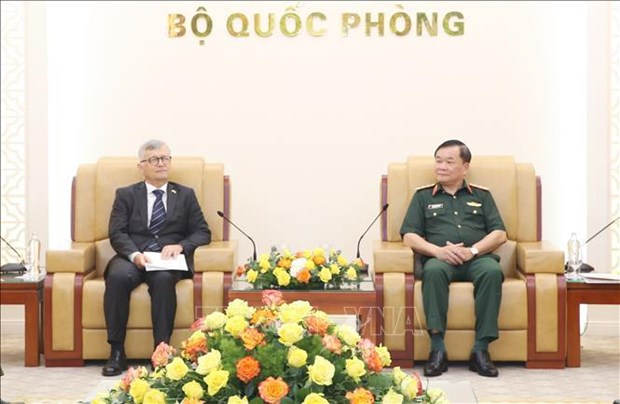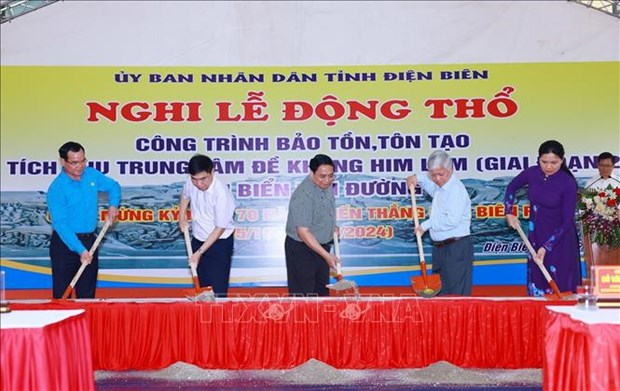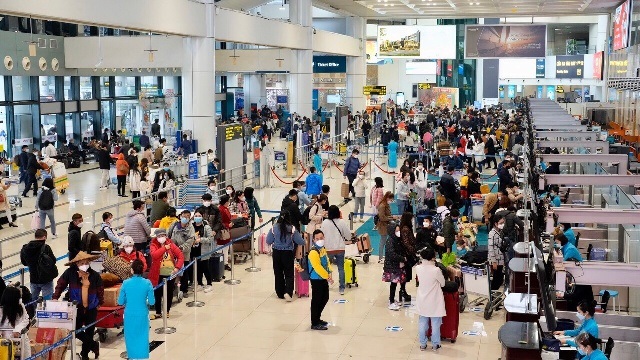 Economy
Economy
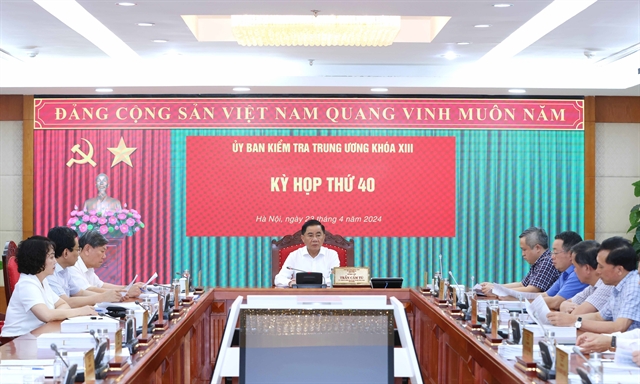
Countries in the Greater Mekong region were in desperate need for billions of dollars to meet the increasing demand for infrastructure, but institutional barriers were blocking the private sector to join the playing field.
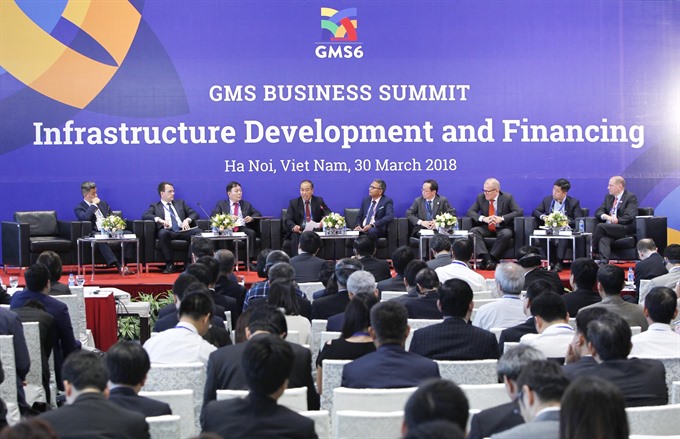 |
| A conference on infrastructure development and financing was held yesterday as part of the sixth Greater Mekong Sub-region Summit in Hà Nội. — VNA/VNS Photo |
HÀ NỘI – Countries in the Greater Mekong region need billions of dollars to meet the increasing demand for infrastructure, but institutional barriers are stopping the private sector from investing.
The region, consisting of Việt Nam, Thailand, Cambodia, Laos, Myanmar and China – particularly the Yunnan Province and Guangxi Autonomous Region, is a young and developing region, Vietnamese Minister of Transport Nguyễn Văn Thể told economic experts, representatives of international organsisations and local and international businesses at a sideline conference on regional infrastructure and financing of the 6th Greater Mekong Sub-region (GMS) Summit on Friday.
“Apart from China or Thailand, other countries like Việt Nam are yet to modernise and fully develop their infrastructure,” he said.
Thể said that Việt Nam planned to build up to 8,500km of expressway to catch up with other countries in Asia. However, less than 10 per cent was completed so far with about 3,000km pending and no plans in the near future for more than 6,500km of roads.
“Việt Nam is calling for more transport investment in public-private partnerships (PPP),” the minister said, adding that the National Assembly is expected to pass a law this year which will serve as a legal basis for PPP investors.
Level playing field
The Asian Development Bank (ADB) estimated that the GMS would need at least US$33 billion for infrastructure investment between 2014 and 2020, with only 80 per cent able to be mobilised from the budget of the countries and development banks, leaving them about $6.4 billion short, mostly in transport and energy infrastructure investment.
“Mobilising private capital will be absolutely needed to bridge this gap,” said Supee Teravaninthorn, General Director of the Asian Infrastructure Investment Bank’s Investment Operation Department I.
“But the private sector doesn’t invest for charity. They need fair competition to invest.”
A report by the ADB showed that infrastructure investment in Asia during 2010-2014 heavily depended on the public sector which funded more than 90 per cent of the region’s overall investment.
That translated to about 5.1 per cent of annual GDP, while merely 0.4 per cent came from the private sector.
There were always concerns over how to find a reliable private company and let it invest in infrastructure, which resulted in a reluctant attitude from the Government to open the playing field for the private sector, said Việt Nam-Oman Investment JSC Co CEO Nguyễn Hồng Sơn.
“But we need local private companies for partnerships as we don’t know what is the situation in Việt Nam, for example the land clearance process, the licensing and the changing tariffs,” he said.
“Take solar energy sector for example. There have been 50 licences granted for solar projects. But how many have had land cleared?”
Some companies came to the domestic banks for financial support to carry out their projects, Sơn added, but what the banks offered was basically “impossible” to perform an infrastructure project.
The private sector was waiting for a whole package of policies that would open the path for them to invest in infrastructure, and the Government should take this into account if they want to mobilise funding from the private sector, the CEO said.
Hard and soft infrastructure
While stressing the need for more infrastructure investment, particularly in transport, energy and information communications and technology – or hard infrastructure, Teravaninthorn also urged regional governments to work more on soft infrastructure.
For example, she said, Việt Nam built a $200-million expressway that leads to the border of China which saved travel time by one or two days.
“But with the cargo sat at the border that time saving amounts to nothing,” she said.
“In terms of transport connectivity, don’t underestimate soft infrastructure like the customs and the one-stop border mechanisms. We have to be more efficient and effective for economic development,” she said. – VNS

